When it comes to EV charging, there are two types of electrical currents: AC (alternating current) and DC (direct current).
Most home chargers and public stations use AC, while DC is reserved for fast charging.
The key difference? Where AC becomes DC.
‣ Level 2 AC charging—the electric vehicle converts the power itself (slower) and is usually done at home or at a public outlet with a J1772 connector.
‣ DC fast charging—the charger converts it first (faster) and is usually done at a dedicated charging station with a CCS1 connector.
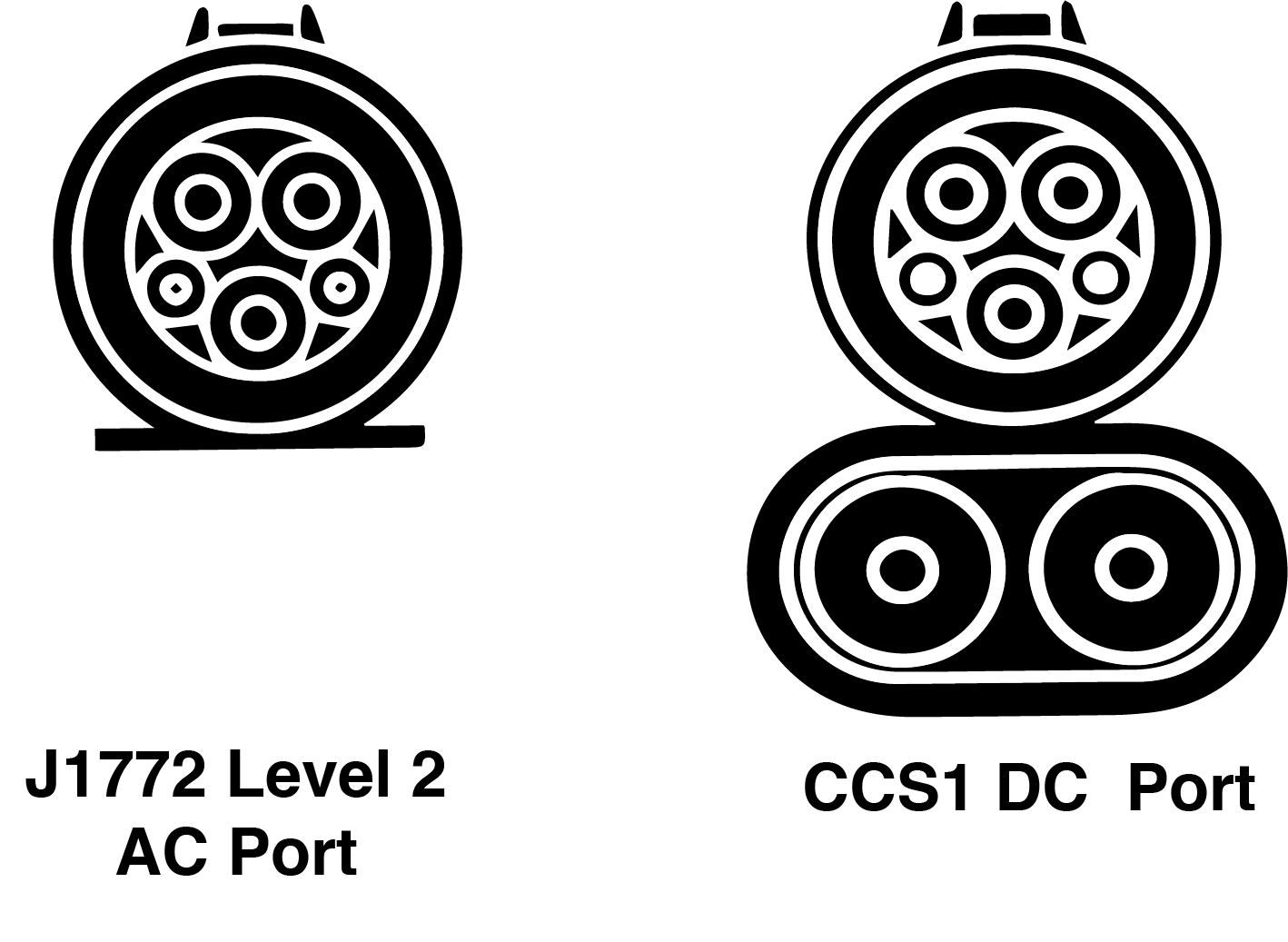
EV Charging Pricing Breakdown
Level 2 AC Charging Pricing
Level 2 AC charging is cheaper than DC Fast Charging. The average price for electricity from the AC grid per kilowatt hour (kWh) in the United States is $0.176 per kWh USD and $0.192 CAD in Canada.
Please note that these are averages and differ according to the region.
DC Fast Charging Pricing
The average price for DC fast charging across the U.S. at the time of this writing is $0.346 per kWh.
In Canada, pricing for DC fast charging is a bit more complex with some charging stations offering time-based billing and others offering kWh-based billing. However, pricing sampled from 2024 from charging stations offering kWh billing averaged out at $0.458 CAD, pre-tax.
Here’s a breakdown.

The price for charging your EV depends on the battery capacity, which is the equivalent of a fuel tank. Some vehicles have greater capacity than others.
An internal combustion engine (ICE) vehicle’s fuel tank capacity is measured in gallons or liters depending on your location.
The capacity of batteries is measured in terms of kilowatt hours (kWh) of usable energy.
The formula for understanding the price of charge is as follows:
(Capacity in kWh) x (local rate per kWh) = cost
For instance, a RIZON e18L has a 116-kWh capacity.
So, a full charge using a level 2 AC charger using average Canadian rates would be as follows:
116 kWh x $0.192 = $22.27 CAD
If a driver charges her truck at a DC fast charging station in Canada during her lunch break to top up the batteries by 50 kWh, using the national average rates, the price would be as follows:
50 kWh x $0.458 = $22.90 CAD
Understanding the EV Charging Network and the Difference Between AC and DC
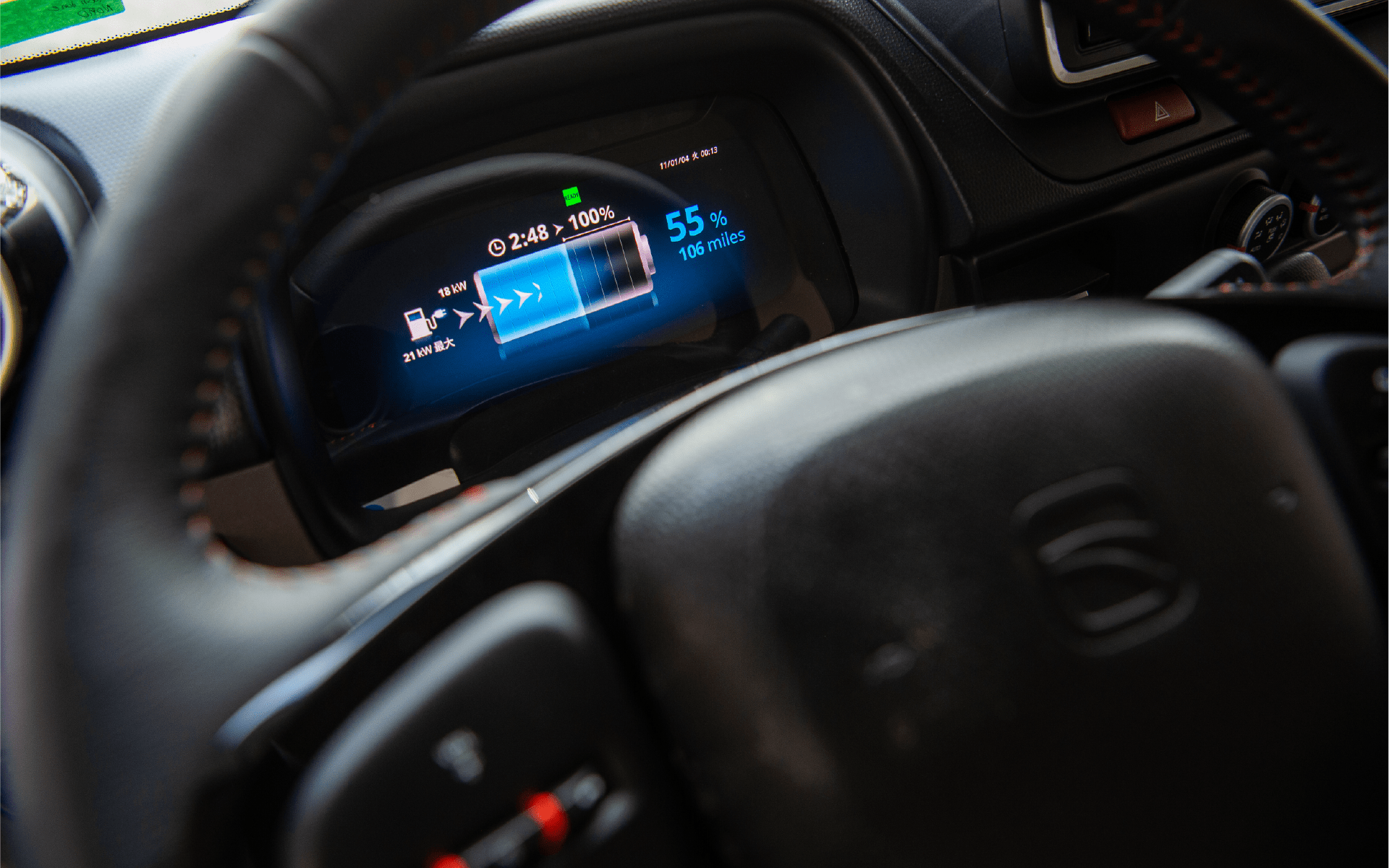
The EV charging network is growing fast. It seems simple—plug in instead of pumping gas.
But as we’ve seen, not all chargers are the same. They differ in pricing, design, speed, and—most importantly—the type of current they use.
Understanding the difference will help you understand the reason for the price disparity.
AC vs. DC: What’s the Difference?
Remember two things:
AC and DC flow differently and serve different purposes.
- Power from the grid (wall outlet) is AC
- Batteries store DC
Characteristics of AC Charging
AC (alternating current) changes direction periodically, making it ideal for long-distance transmission.
That’s why power grids use AC—and why it’s what comes out of your wall sockets.
Characteristics of DC Charging
DC (direct current) flows in one direction—no switching back and forth. It’s used in electronics and batteries. Many devices you own may have cords with giant bricks. Those are used to convert the power to direct current.
Since batteries store DC, AC from the grid must be converted first—just like your phone charger does.
EVs work the same way: AC power is converted to DC before being stored in the battery.
What’s the Difference Between AC and DC Charging?
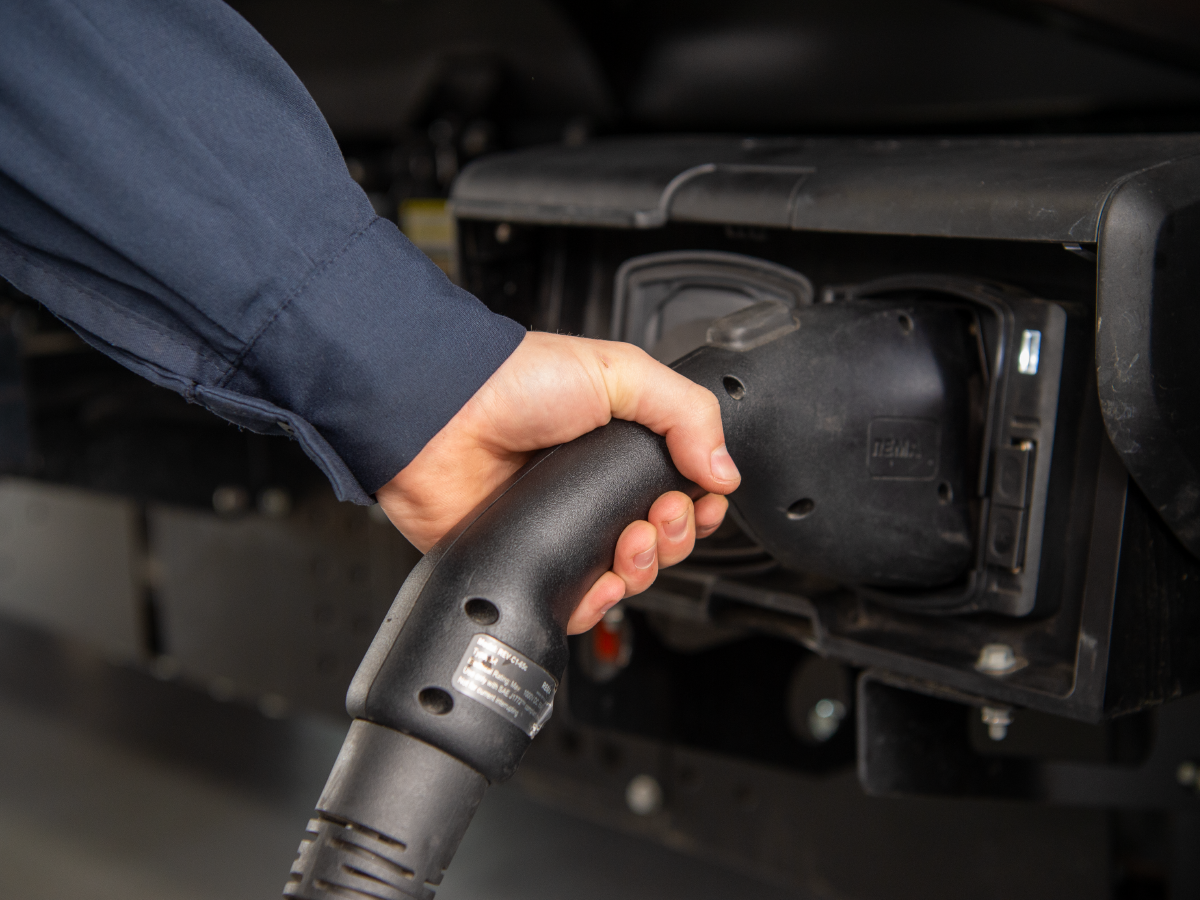
The key difference between the charging types is where the AC-to-DC conversion happens.
AC Charging
For AC charging, the EV’s onboard charger converts the power itself—which is slower due to size and power limits.
With AC charging, power delivery stays consistent, forming a flat line (so, not much of a curve at all). That’s because the EV’s onboard converter can only process a limited amount of power at a steady pace.
AC charging for EVs uses a J1772 connector.
DC Charging
On the other hand, for DC charging, the station does the heavy lifting, using larger, more powerful converters to send DC power straight into the battery—making charging much faster, hence the higher price.
Because DC charging skips the onboard converter, it delivers high power upfront—but the rate slows down as the battery fills up.
Think of it like pouring water into a glass to the very top. At first, you can pour quickly, but as the glass fills, you slow down to avoid spilling. Similarly, fast charging tapers off after 80%, reducing power intake to protect the battery.
DC charging for EVs uses a CCS1 connector.
When to Use AC or DC Charging Options
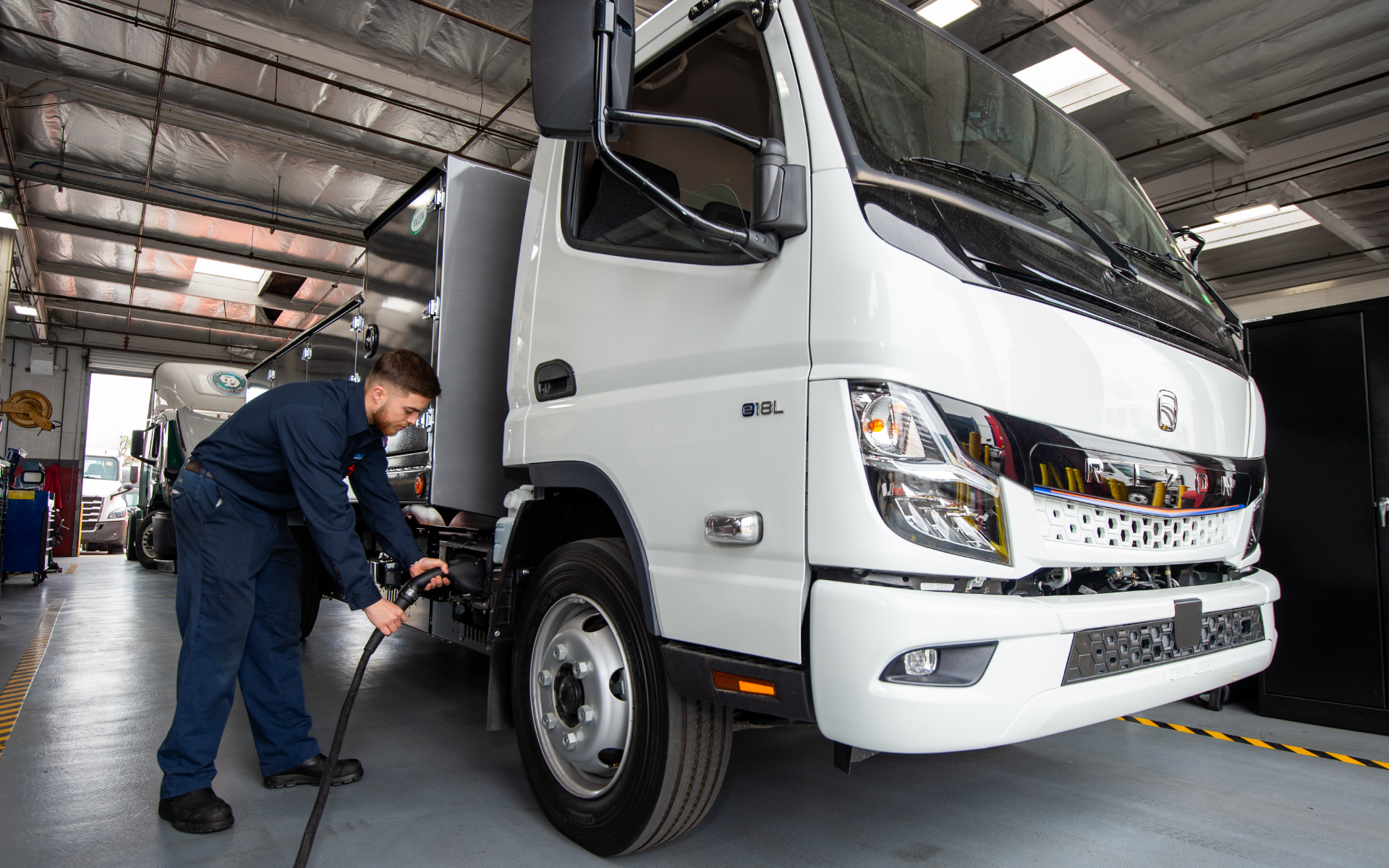
Typically, drivers use AC for EV charging during off hours assuring the vehicle is fully charged at the vehicle’s home base.
DC charging is best done to top-up a vehicle’s batteries during a break in driving.
Significant Savings
Using a level 2 charger at home or a base of operations and using DC faster chargers for top-ups can offer significant savings compared to ICE vehicles.
For a fueling cost comparison, check out our article on driving 50 miles with electricity versus diesel.
Charging Rates are Typically Much Cheaper Than Fuel Rates
A case study comparing the cost of charging a Class 5 battery-electric truck for 50 miles (80 km) with the cost of fueling a comparable diesel truck revealed significant savings with the electric option.
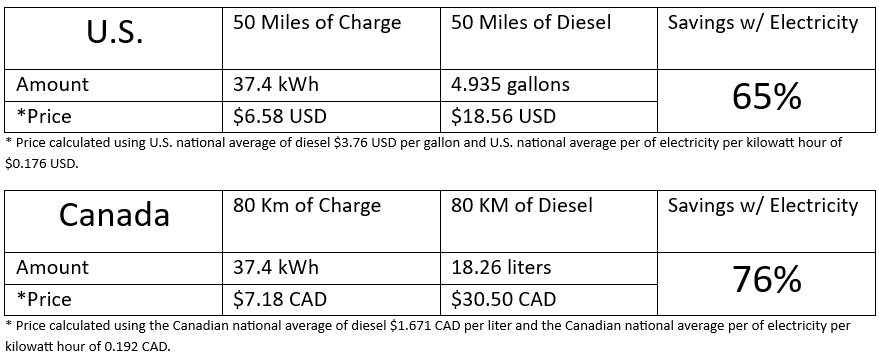
Since DC fast charging is more expensive, the savings can be reduced depending on how much a driver utilizes it.
For a deeper understanding, read our article comparing the price of diesel against the price of charge.
Making Smart EV Charging Choices for Cost Savings
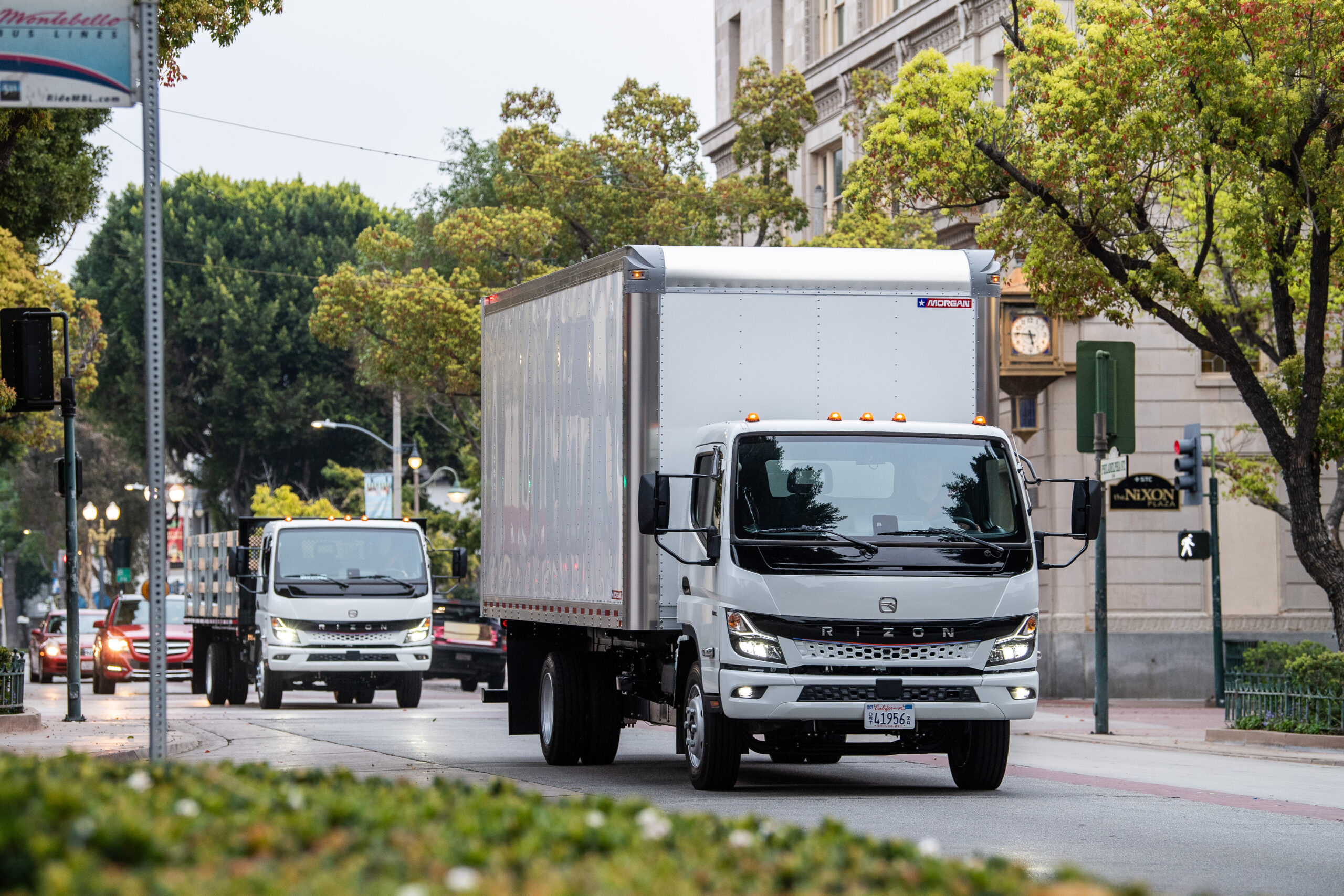
Understanding the difference between AC and DC charging is crucial for managing EV costs and optimizing fleet efficiency. AC charging is the most cost-effective option for routine, overnight charging, while DC fast charging provides convenience for quick top-ups when needed.
When compared to diesel fueling, EV charging—especially using Level 2 AC chargers—offers significant savings. While DC fast charging is more expensive, strategic use of both charging types can help balance costs and keep operations running smoothly.
Ultimately, businesses and drivers who plan their charging strategy wisely will maximize cost savings and operational efficiency while contributing to a more sustainable future.
For more information on how incorporating electric vehicles into your fleet can save you money, check out our article on the total cost of ownership for electric vehicles.
